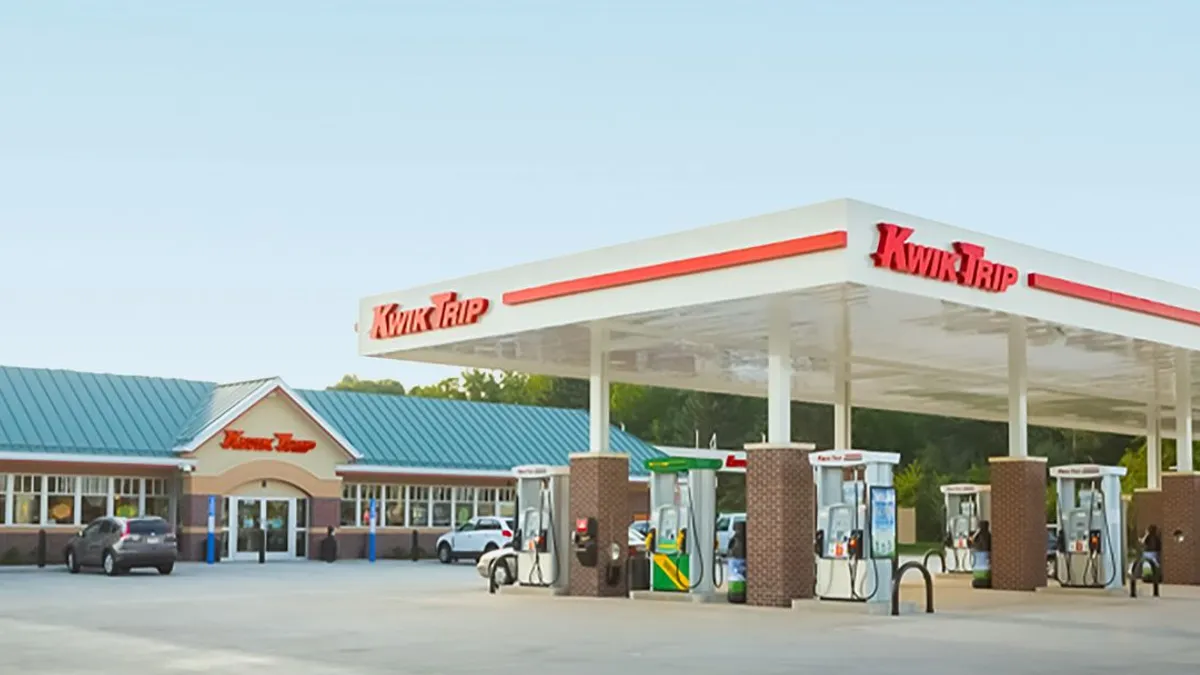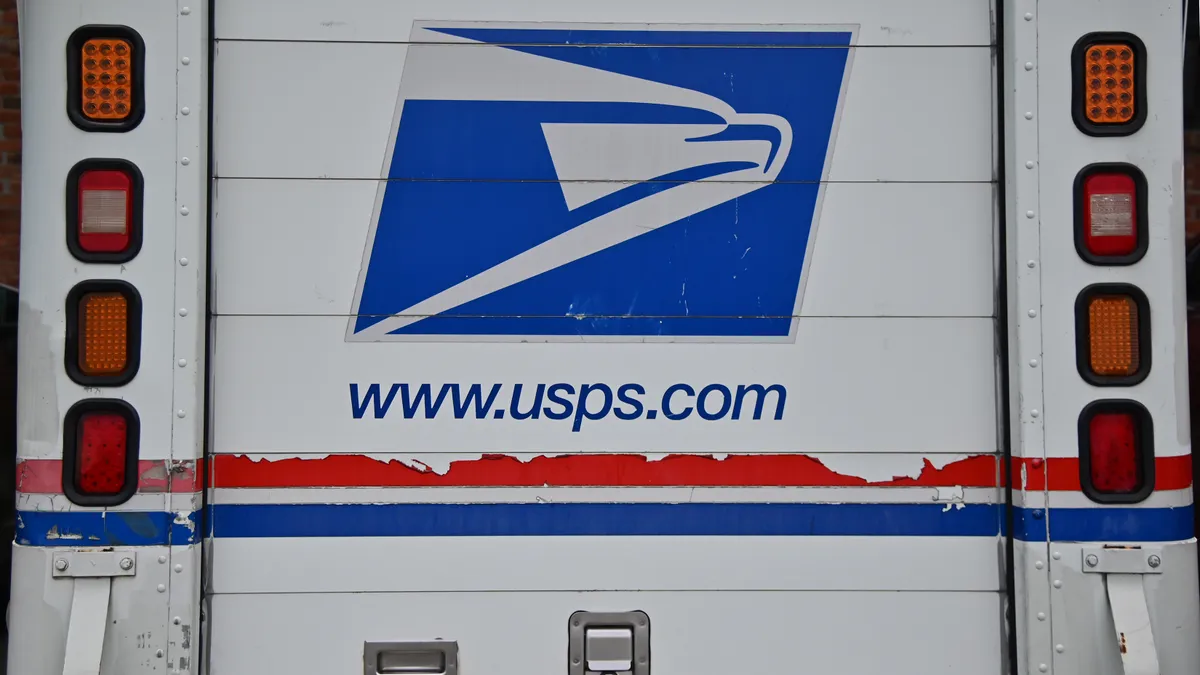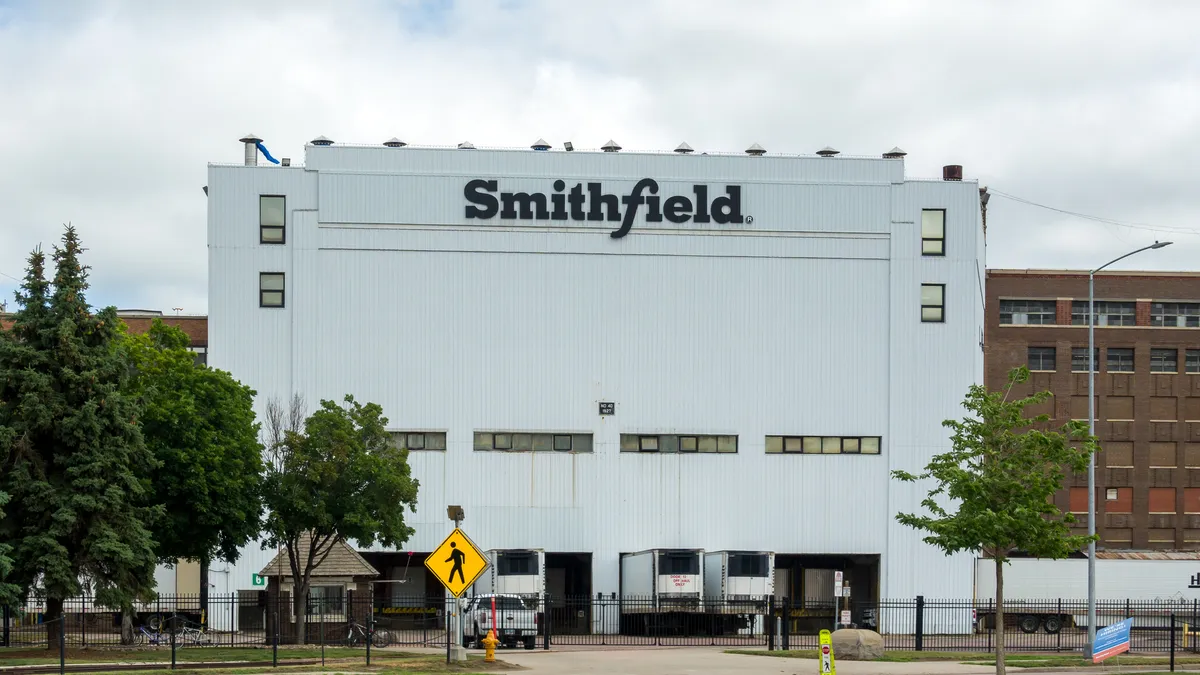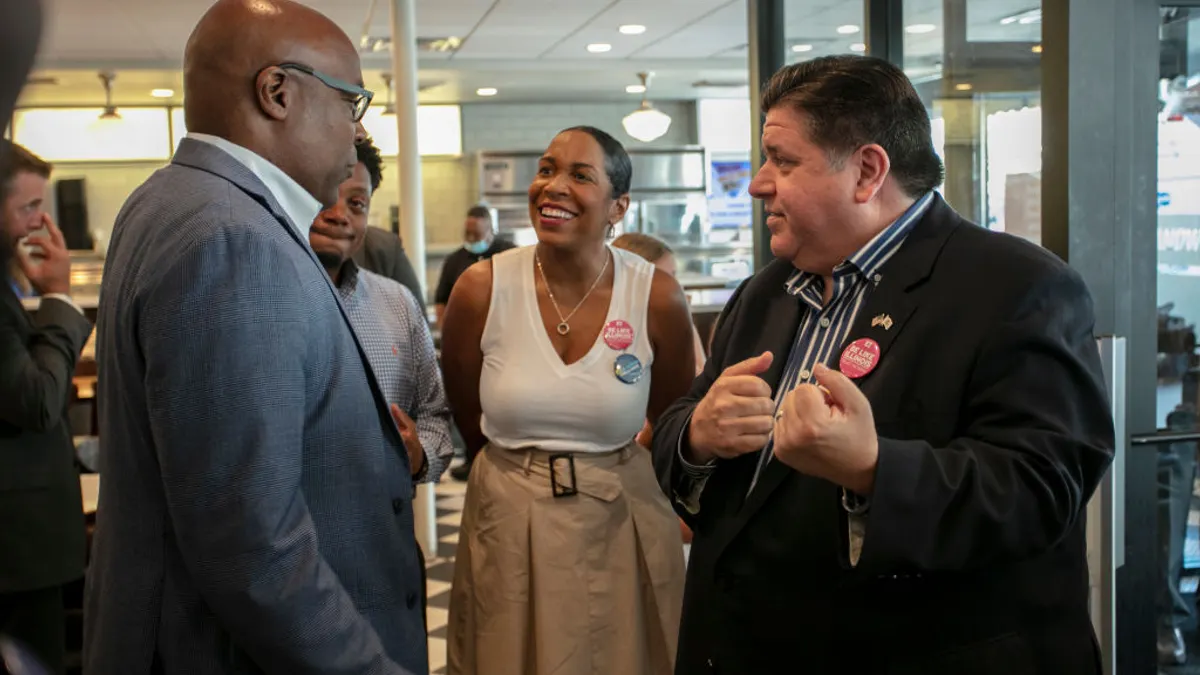When the federal agencies released their regulatory agendas on July 20, stakeholders ostensibly got their first peek into the new administration’s plans for regulation — and deregulation.
But the to-do list from the U.S. Department of Labor’s (DOL) Occupational Safety and Health Administration (OSHA) may not tell the full story. The inclusion of some items (and exclusion of others) may be little more than an oversight, says Eric J. Conn, a founding partner at Conn Maciel Carey and chair of the firm’s OSHA workplace safety group.
This means that employers will just have to wait a little longer to see what the Trump administration has in mind for workplace health and safety regulation.
The agenda
DOL’s agenda offers 14 OSHA items; another 10 from the subagency appear on a list of “long-term actions.” In general, there weren’t any huge surprises, Conn told HR Dive.
Recordkeeping rule
For example, one expected announcement involved the agency’s intent to revisit the so-called electronic recordkeeping rule. The Obama administration finalized new standards for injury and illness reporting that were set to take effect in June. The Trump administration pushed that date back to Dec. 1, but business are still concerned about three provisions in that new rule, according to Conn:
-
It would require proactive reporting, which could put employers on the agency’s radar who otherwise would not have been;
-
The information would be public, giving employers’ injury data to plaintiffs’ attorneys, union organizers, competitors and reporters; and
-
It includes anti-retaliation provisions that could potentially end certain safety incentive programs, certain post-injury discipline and certain post-injury drug testing.
In the regulatory agenda, the administration announced plans to begin a new rulemaking process in October to “reconsider, revise, or remove” portions of the rule. Just days before that announcement, however, the agency made the new online tracking form available for use.
According to Conn, revisions could include narrowing the pool of employers subject to the rule, or limiting the mandate’s coverage to certain high-hazard industries. There’s also a “high likelihood that they are going to reevaluate the anti-retaliation provisions,” he said.
A few oddities
On the other hand, the agenda was somewhat odd in that it didn’t lay out plans to eliminate as many regulations as some anticipated, Conn said. “There are legacy items that didn’t get struck that I would have expected,” he said.
Take the Standards Improvement Project-Phase IV (SIP-IV) regulations, for example. The Obama-era “lockout/tagout” rule outlines new procedures for disabling machinery, ensuring the safety of employees performing servicing and maintenance activities, according to OSHA. Businesses decried those rules, according to Conn, because they would have added employer liability even in cases where a machine’s startup was expected.
Those regulations were included in OSHA’s agenda as if the agency is moving forward with them; a final rule is planned for September, it says. “Personally, I was really surprised that remained on the regulatory agenda,” Conn said, noting that perhaps it slipped through the cracks. “I would not be terribly surprised if there was a change in direction on that rule as the Trump appointees actually get in place at OSHA,” Conn said.
SIP-IV’s inclusion was surprising not only because it seems like the sort of regulation the Trump administration has railed against, but also because a separate lockout/tagout standard was included in the agenda — one that Conn described as almost the opposite of SIP-IV. This second one gives employers additional flexibility in protecting workers from unexpected machinery startups. It would allow employers to use new technology that current rules don’t contemplate, for example. “Presumably that movement is more of a Trump’s OHSA movement,” Conn said.
The takeaway
The oddities that Conn identified are likely due to understaffing, he said. (And the subagency isn’t alone in that regard.) It had no political appointees when the agenda came out July 20. One has since arrived, however: Loren Sweatt started July 24 as deputy assistant secretary (and, for now, acting assistant secretary).
“Up until this point, OSHA has been run by career staff,” Conn said, so the agenda “doesn’t reflect a tremendous amount of input from political appointees with a focus on OSHA.” And Sweatt could be working alone for a while; naming an OSHA administrator just isn’t high on the White House’s to-do list, Conn said. And even once President Donald Trump announces his pick, the nominee will still require Senate confirmation.
So while these agendas often give stakeholders insight into an agency’s plans, OSHA’s should be taken with a grain of salt. Some experts expected more sweeping deregulation, especially in light of Trump’s vow to rescind two rules for every new one issued. And that could still come. But for now, employers are largely in the dark about the details. “You see the direction,” Conn said, but you also can see the issues created by slow political appointments




















